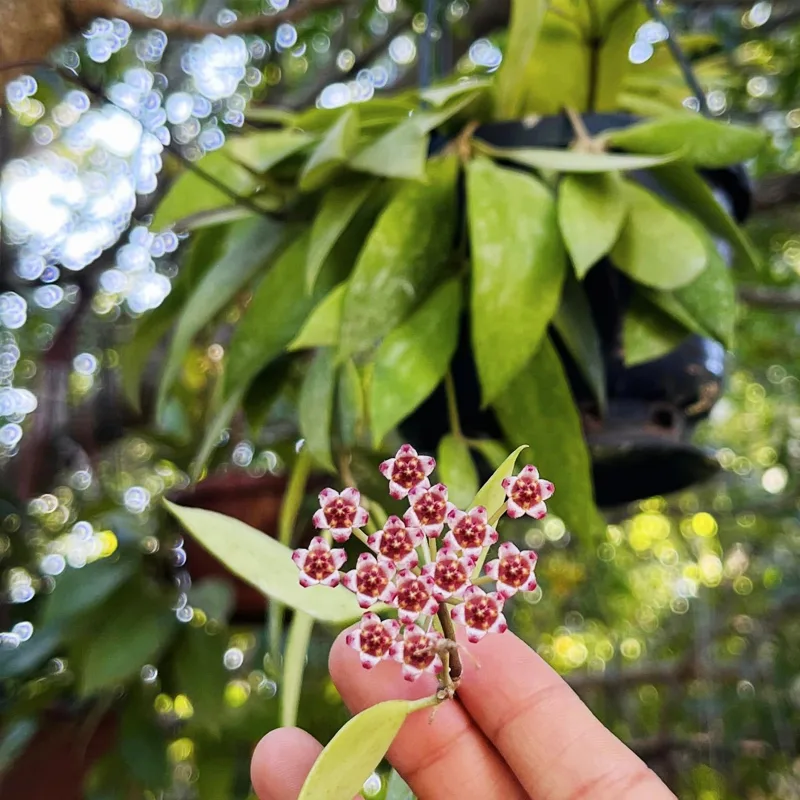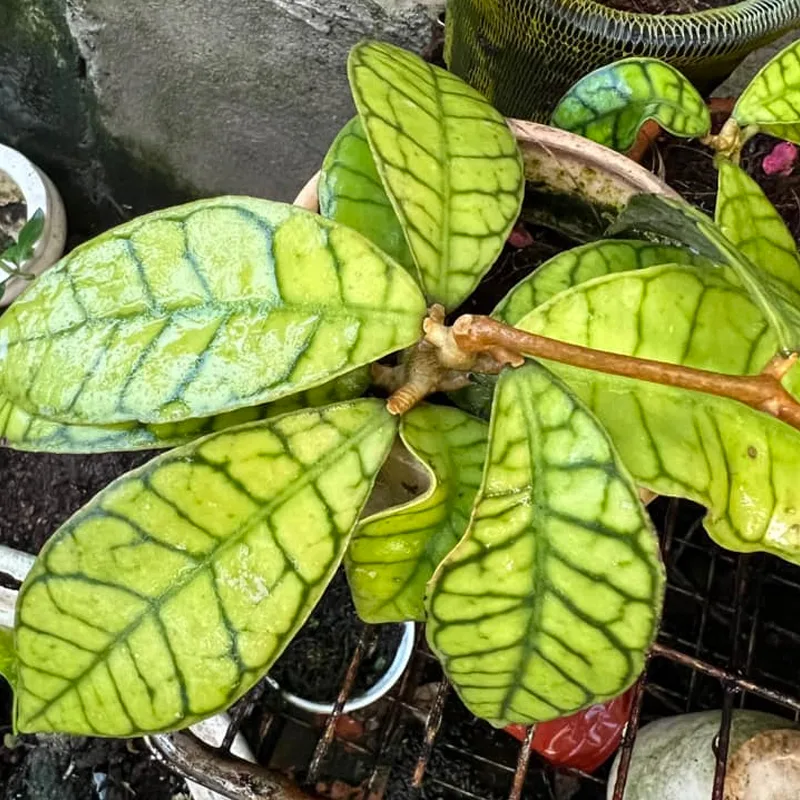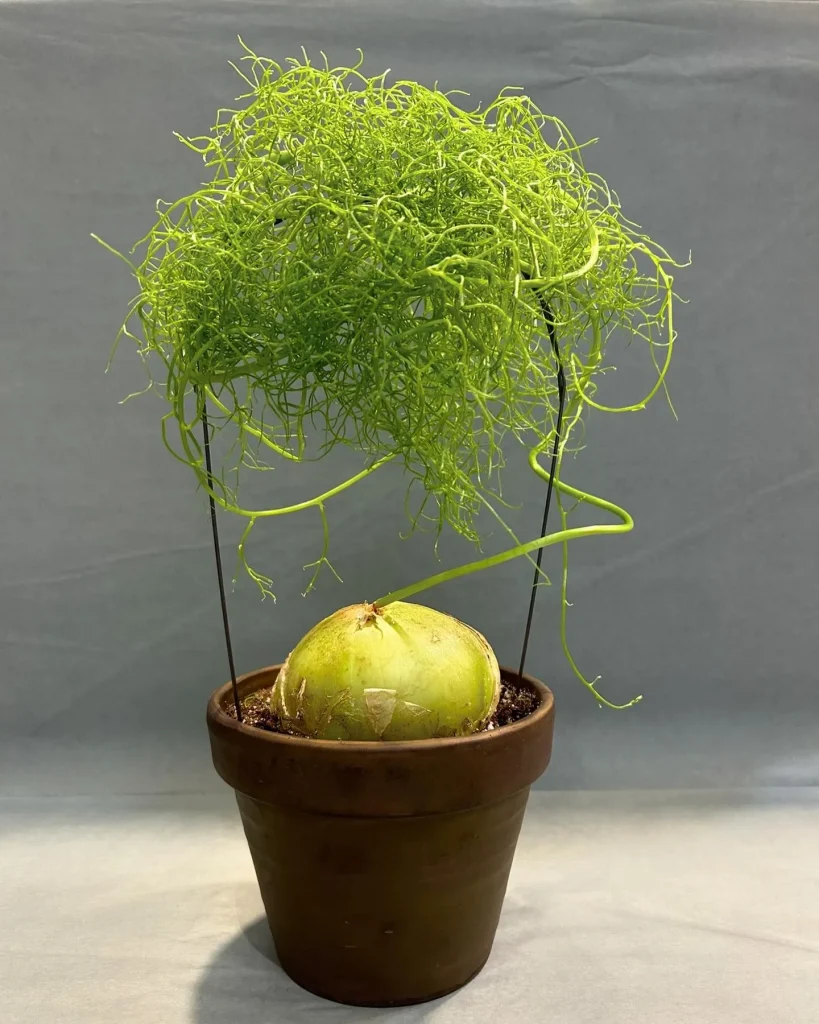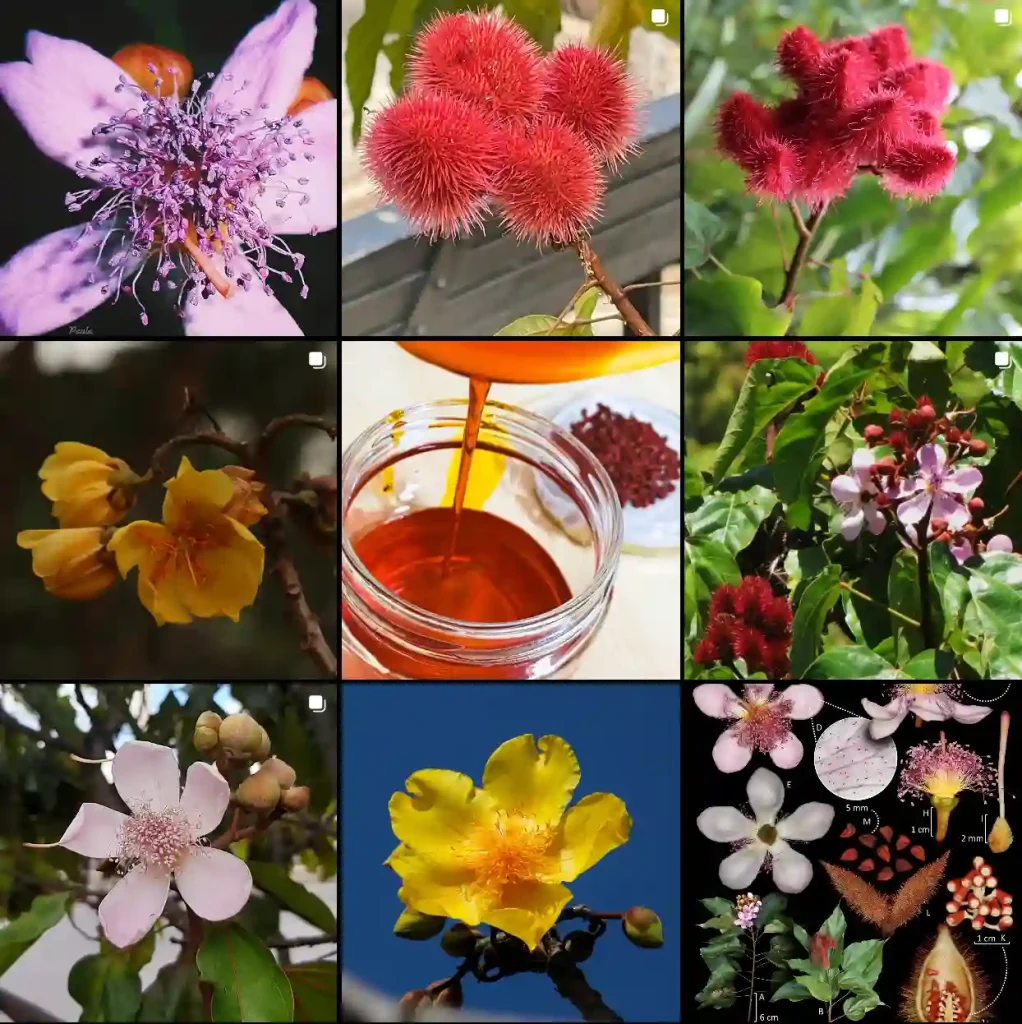Calotropis: A Plant Genus That Fascinates
My name is Ferb Vu, and I’m captivated by the plant genus Calotropis, belong to the family Apocynaceae. These resilient plants, often referred to as milkweeds, are native to parts of Asia and Africa, but their hardiness has allowed them to spread to other tropical and subtropical regions. What draws me to them is their unique beauty, their resilience in harsh environments, and their historical and cultural significance.
A Diverse Genus
The Calotropis genus is not particularly large. It primarily consists of three main species:
- Calotropis gigantea: Commonly known as the Giant Milkweed or Crown Flower, Calotropis gigantea is a large perennial shrub that thrives in arid, sandy environments and is known for its silvery-gray foliage and striking star-shaped flowers, which range in color from white to lavender. The plant’s milky sap contains cardenolides, toxic compounds that deter herbivores, making it a natural pest-resistant choice. In traditional medicine, it is valued for its anti-inflammatory and analgesic properties, though caution is necessary due to its toxicity. Calotropis gigantea plays a unique role in attracting pollinators like butterflies, especially monarchs, to its blossoms, creating a vibrant presence in native landscapes. – Plant FAQs: Calotropis Gigantea – Giant Milkweed – Crown Flower
- Calotropis procera: Also known as the Apple of Sodom, Calotropis procera is a hardy, drought-resistant shrub that flourishes in warm, arid regions across Africa, the Middle East, and South Asia. Its thick, waxy leaves and soft, inflated pods make it easily recognizable, as does its compact cluster of white and purple flowers. Like other species in the Calotropis genus, its sap is rich in alkaloids and latex, making it toxic to animals and beneficial for certain medicinal applications. Calotropis procera is valued in ecological restoration for its resilience in poor soils and its ability to prevent desertification while providing habitat for pollinators. – Plant FAQs: Calotropis Procera – Apple of Sodom – Madar Plant
- Calotropis acia: Calotropis acia is less commonly known and referenced within the Calotropis genus and may be more elusive in documentation. It is often discussed under a variant or regional form of other Calotropis species, mainly Calotropis gigantea or Calotropis procera, which share similar attributes. Like its relatives, it would likely share the genus’ notable characteristics, such as drought resilience, medicinal latex, and unique flowering structures adapted to arid climates.
Distinctive Characteristics
One of the most noticeable features of Calotropis plants is their milky sap, or latex. This sap is toxic and has been used traditionally for various purposes, including medicinal and poisonous applications. The leaves are typically large and leathery, an adaptation to hot and arid climates. The flowers are another standout feature, often clustered in showy inflorescences that attract pollinators.
Historical and Cultural Significance
Calotropis plants have a long history of use in traditional medicine and cultural practices. In some cultures, the fibers from the stems are used to make rope or fabric. The flowers are often used in religious ceremonies and are believed to have symbolic meanings in certain contexts.
Adaptations and Resilience
What truly fascinates me about Calotropis is their ability to thrive in challenging environments. They are drought-tolerant and can grow in poor soil conditions, making them successful colonizers of disturbed areas. Their toxicity also serves as a defense mechanism, deterring herbivores from feeding on them.
Personal Observations
In my own explorations, I’ve encountered Calotropis plants growing in diverse habitats, from coastal dunes to abandoned fields. I’ve observed their resilience firsthand, witnessing them flourish in areas where other plants struggle to survive. Their unique beauty and adaptability make them a constant source of fascination for me.
Conservation and Future Research
Despite their hardiness, Calotropis plants face threats from habitat loss and human activities. It’s crucial to recognize their ecological importance and take steps to conserve them. Further research into their potential uses, particularly in the fields of medicine and biofuel production, could also be valuable.
Conclusion
The Calotropis genus is a testament to the diversity and resilience of the plant kingdom. These plants have captured my interest with their unique characteristics, historical significance, and ability to thrive in challenging environments. I believe that continued study and appreciation of Calotropis will not only enhance our understanding of these fascinating plants but also contribute to their conservation for future generations.
If i die, water my plants!



